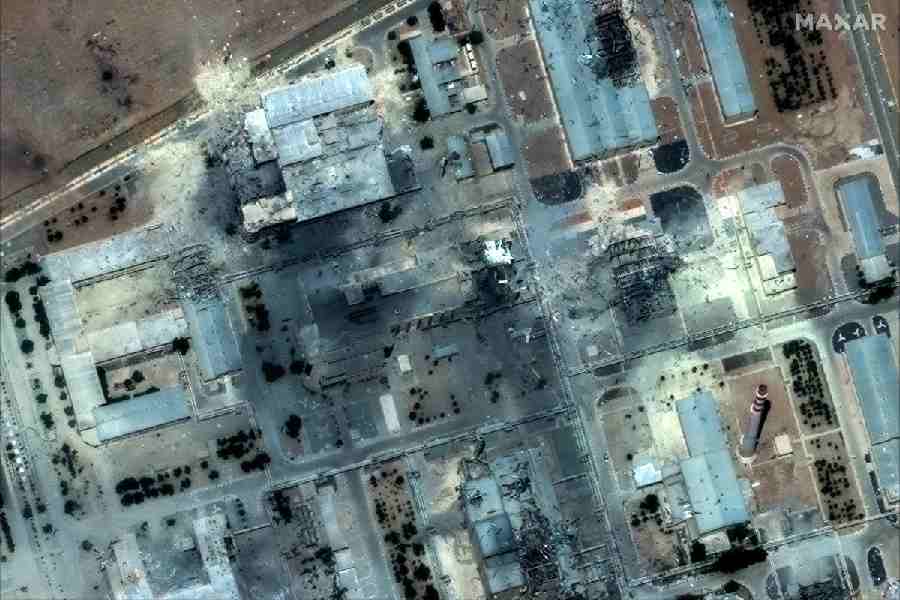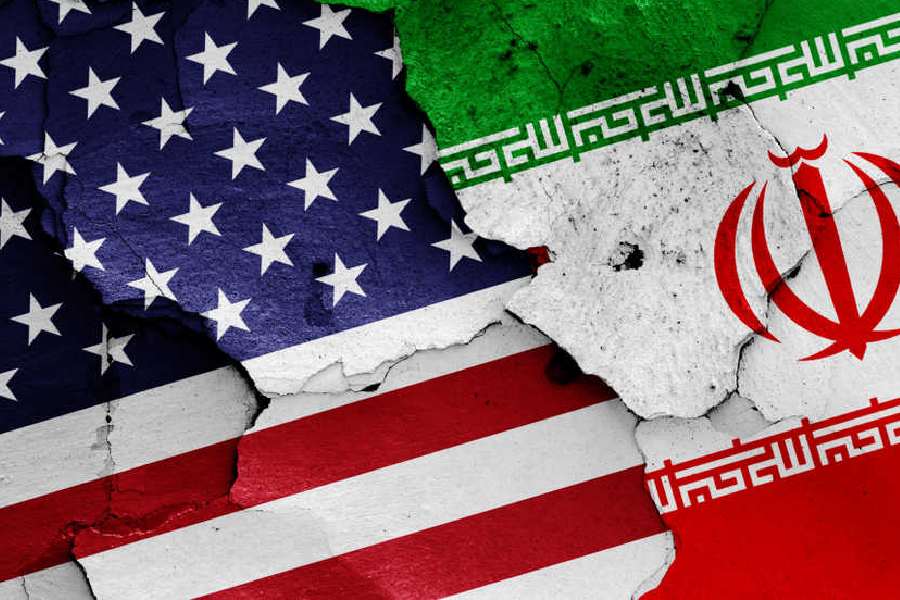Iran vowed to continue uranium enrichment even as US officials were reportedly unaware about the whereabouts of Tehran's radioactive stockpile a day after US B-2 stealth bombers flew a 36-hour sortie to attack three nuclear facilities in Iran. Iran's deputy foreign minister Takhtravanchi on Monday told German media that "we will continue uranium enrichment and no one can tell us what to do."
Soon after Donald Trump made lofty claims on Iran's nuclear program being “completely and totally obliterated”, top-ranking officials in the US government were seemingly "clueless" about the US President's maximalist claims on the fate of Iran's uranium stockpile.
Meanwhile, spokesperson for Iran's Khatam al-Anbiya Central Headquarters, Ebrahim Zolfaqari, said the US should expect heavy consequences for its actions. "Mr. Trump, the gambler, you may start this war, but we will be the ones to end it," Zolfaqari said in English at the end of his recorded statement.
In a briefing for reporters on Sunday, defense secretary Pete Hegseth and the new chairman of the Joint Chiefs of Staff, Dan Caine, clearly avoided Trump’s claims of success. According to The New York Times, they limited themselves to saying that an initial battle-damage assessment of all three sites struck by Air Force B-2 bombers and Navy Tomahawk missiles had shown “severe damage and destruction.”
Satellite photographs of the primary target, the Fordow uranium enrichment plant that Iran built under a mountain, showed several holes where a dozen 30,000-pound Massive Ordnance Penetrators — one of the largest conventional bombs in the US arsenal — punched deep holes in the rock.
The Israeli military’s initial analysis concluded that the site, the target of American and Israeli military planners for more than 26 years, sustained serious damage from the strike but had not been completely destroyed, said a New York Times report.
Recently, there was growing evidence that the Iranians, aware of Trump’s repeated threats to take military action, had removed 400 kilograms, or roughly 880 pounds, of uranium enriched to 60 percent purity.
But there was also evidence, according to two Israeli officials with knowledge of the intelligence, that Iran had moved equipment and uranium from the site in recent days.
According to experts in Washington, quoted as saying by Reuters, there was no confirmation on commercial satellite imagery indicating the US attacks had severely damaged the Fordow nuclear plant.
“They just punched through with these MOPs,” said David Albright, a former U.N. nuclear inspector who heads the Institute for Science and International Security, referring to the Massive Ordnance Penetrator bunker-busting bombs that the U.S. said it dropped. “I would expect that the facility is probably toast.”
Confirmation of the below-ground destruction could not be determined, noted Decker Eveleth, an associate researcher with the CNA Corporation who specialises in satellite imagery. The hall containing hundreds of centrifuges is "too deeply buried for us to evaluate the level of damage based on satellite imagery," he said.
To defend against attacks such as the one conducted by US forces early on Sunday, Iran buried much of its nuclear program in fortified sites deep underground, including into the side of a mountain at Fordow.
Satellite images show six holes where the bunker-busting bombs appear to have penetrated the mountain, and then ground that looks disturbed and covered in dust.
The United States and Israel have said they intend to halt Tehran's nuclear program. But a failure to completely destroy its facilities and equipment could mean Iran could more easily restart the weapons program that U.S. intelligence and the U.N. International Atomic Energy Agency (IAEA) say it shuttered in 2003.
'UNUSUAL ACTIVITY'
Several experts also cautioned that Iran likely moved a stockpile of near weapons-grade highly enriched uranium out of Fordow before the strike early Sunday morning and could be hiding it and other nuclear components in locations unknown to Israel, the U.S. and U.N. nuclear inspectors.
They noted satellite imagery from Maxar Technologies showing "unusual activity" at Fordow on Thursday and Friday, with a long line of vehicles waiting outside an entrance of the facility. A senior Iranian source told Reuters on Sunday most of the near weapons-grade 60% highly enriched uranium had been moved to an undisclosed location before the U.S. attack.
"I don't think you can with great confidence do anything but set back their nuclear program by maybe a few years," said Jeffrey Lewis of the Middlebury Institute of International Studies at Monterey. "There's almost certainly facilities that we don't know about."
Arizona Sen. Mark Kelly, a Democrat and member of the Senate intelligence committee who said he had been reviewing intelligence every day, expressed the same concern.
"My big fear right now is that they take this entire program underground, not physically underground, but under the radar," he told NBC News. "Where we tried to stop it, there is a possibility that this could accelerate it."











